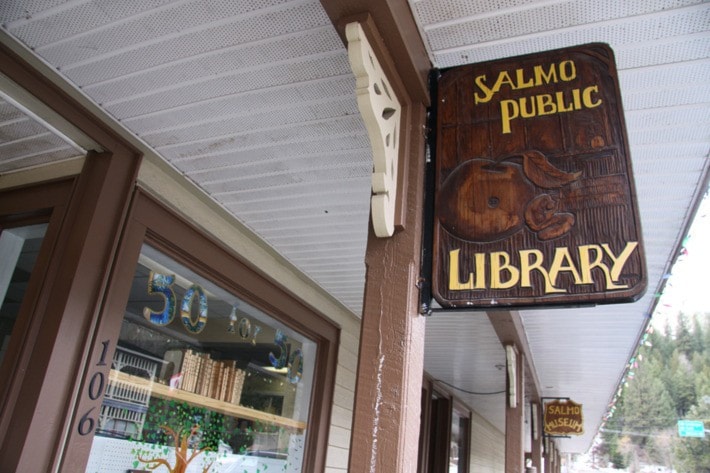More than 300 Salmo and area residents played Santa Claus for a night last month, helping distribute $60,000 in Columbia Basin Trust community initiative funding for local projects.
Each person received five stickers worth $38 apiece, and after hearing one-minute pitches from organizations seeking funding, placed one or more stickers on their favourite projects.
“You’re basically giving people $200 when they walk in to give to the projects they want to support,” says village administrator Scott Sommerville. “It’s a lot of fun.”
In the end, 28 groups received at least some funding, ranging from $238 to $6,455.
The biggest winners were the Salmo and Area Seniors Supportive Housing Society, Salmo Public Library, Salmo Ski Club, and Ymir Community Association. Although most projects were from Salmo or Ymir, a few further-flung received money as well.
Groups seek for a specific amount — usually less than $5,000 — and never get more than they ask for. If a group receives more stickers than it needs, they’re thrown back in the pot, increasing the value of all others.
Although groups are limited to a brief presentation before the vote, that doesn’t prevent them from lobbying beforehand and encouraging supporters to come out. Some groups put up posters or established Facebook pages.
While in many other municipalities, council deliberates long and hard about who receives Trust funding, Sommerville says this method “is quick and over. It happens in a flash … It takes all of about an hour.”
It’s the fifth consecutive year Salmo has done it this way, and this year saw the greatest turnout, with 313 people voting.
“I’m pretty sure that’s the record for attendance,” Sommerville says. “I don’t know the capacity of the community centre, but we couldn’t hold much more.”
It has also attracted outside attention.
“People from other areas study it and local government management associations are interested in how we do it,” he says.

